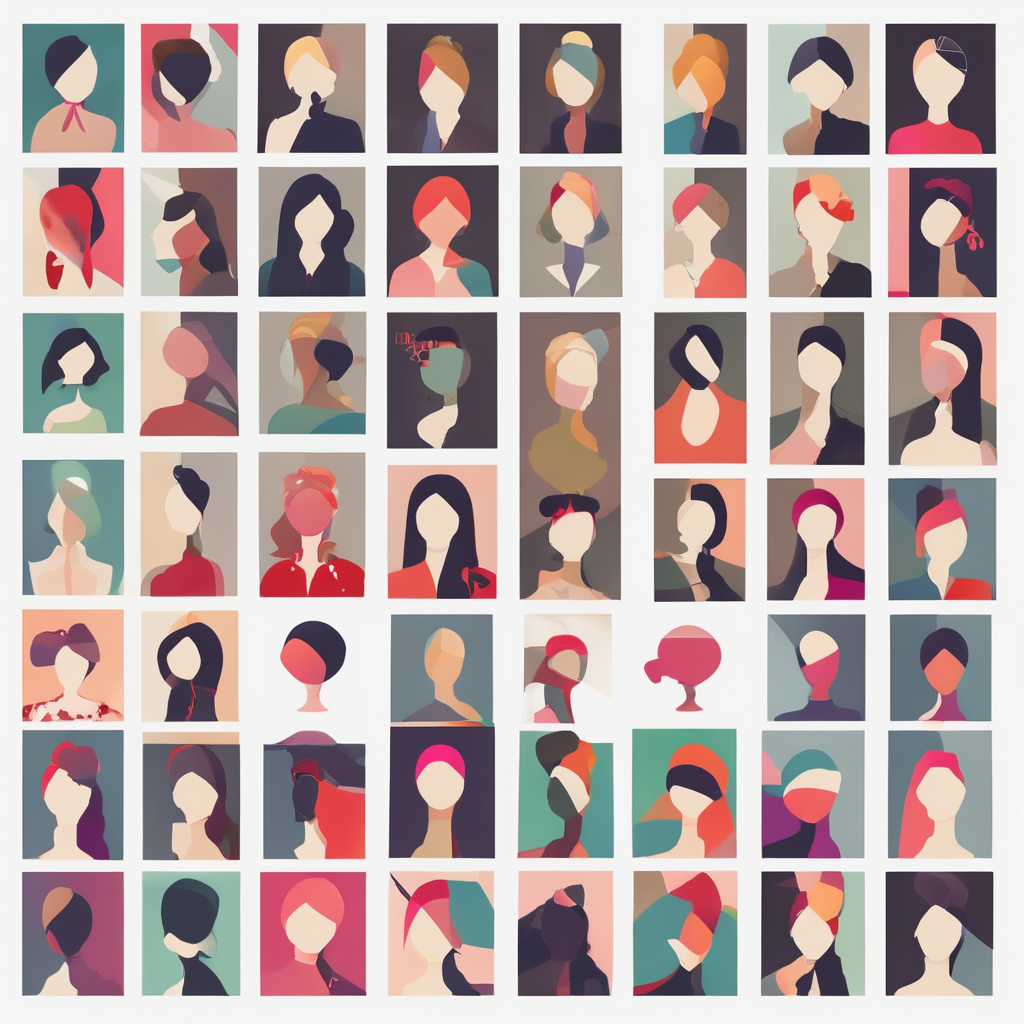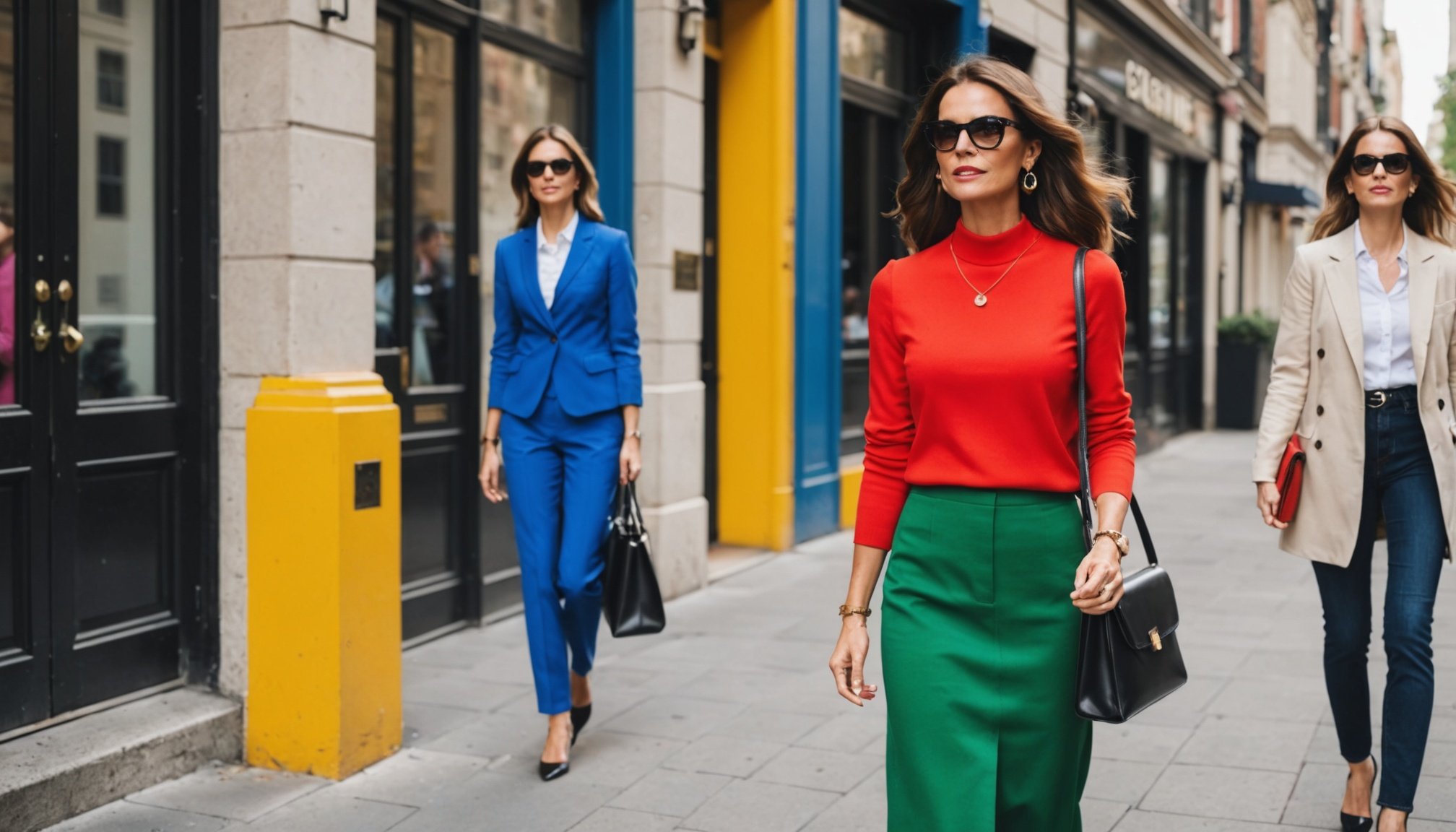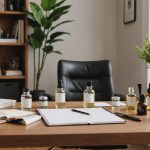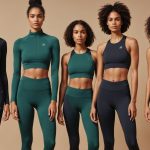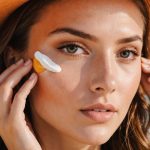Unlocking Color Theory: Expert Tips for Crafting Chic Outfits for Important Meetings
When it comes to making a lasting impression at important meetings, your outfit can be just as crucial as your preparation and confidence. Understanding color theory and how to apply it to your wardrobe can transform your look from ordinary to extraordinary. Here’s a comprehensive guide to help you master the art of color coordination and create outfits that are both stylish and professional.
Understanding Color Theory Basics
Before diving into specific color combinations, it’s essential to grasp the fundamentals of color theory. This involves understanding the color wheel, complementary colors, and how different colors interact with each other.
Also to see : Ultimate Retinol Skincare: Top Secrets for Glowing Skin Revealed
The Color Wheel
The color wheel is a circular representation of colors, showing how they relate to each other. It’s divided into primary colors (red, yellow, blue), secondary colors (orange, green, purple), and tertiary colors (colors created by mixing primary and secondary colors). Understanding the color wheel helps you identify complementary colors (opposite each other on the wheel) and analogous colors (next to each other on the wheel), which are key to creating harmonious color schemes[1][2][4].
Complementary Colors
Complementary colors are pairs of colors that are opposite each other on the color wheel. These combinations create a high contrast and can make each color appear brighter. For example, blue and orange, or red and green. Using complementary colors can add a dynamic touch to your outfit but should be done carefully to avoid overwhelming the senses.
This might interest you : Seamlessly Transform Your Little Black Dress from Daytime Elegance to Nighttime Glamour
Analogous Colors
Analogous colors are next to each other on the color wheel. These combinations are often more subtle and create a cohesive look. For instance, blue, green, and yellow-green can be paired for a smooth, natural palette.
Choosing the Right Color Palette for Your Personal Style
Your personal style and the occasion play significant roles in selecting the right color palette. Here are some tips to help you choose colors that flatter your appearance and suit the event.
Seasonal Color Analysis
Seasonal color analysis is a method that categorizes individuals into four seasons based on their skin, hair, and eye colors. This approach helps you identify which colors will enhance your natural features.
- Spring: Warm neutrals like white, beige, and gray with accent colors such as red-orange, bright blue, and pale yellow work well for spring individuals[2].
- Summer: Cool shades like navy, light brown, gray, and soft white, paired with accent colors like lavender or lilac, kelly green, and teal, are ideal for summer individuals[2].
- Autumn: Warm tones such as burgundy, chocolate, camel, and olive green complement autumn features. Adding gold accessories can enhance the moody shades[2].
- Winter: Bold, saturated colors like navy, cobalt blue, emerald green, and bright whites are perfect for winter individuals[2].
Color Consultations
If you’re unsure about your best colors, a color consultation can be incredibly helpful. Services like Color Guru analyze your hair, skin, and eye color to provide you with a personalized color palette. This includes a color card with your 35 best shades, making shopping and dressing easier and more confident[3].
Top Color Combinations for Professional Outfits
Here are some of the best color combinations that are versatile and suitable for various professional settings.
1. Navy and White
This classic combination is perfect for both formal and casual meetings. A navy blazer with a crisp white shirt is a staple for business, while a white t-shirt with navy chinos gives off a relaxed yet polished vibe. Adding brown leather shoes or accessories can add a sophisticated touch[1].
2. Black and Gray
For a modern, monochromatic look, black and gray are unbeatable. Pair a black leather jacket with a gray sweater or a gray blazer with black trousers for a sleek outfit. Adding a pop of white or silver can add contrast and depth[1].
3. Beige and Olive Green
This natural combination brings an earthy feel to your wardrobe. An olive green jacket paired with beige chinos is perfect for casual days, while beige trousers and an olive button-up create a smart-casual look. Brown belts or shoes can complete the earthy palette[1].
4. Burgundy and Navy
These deep, complementary colors work beautifully together. Try a navy suit with a burgundy tie or a burgundy sweater with dark blue jeans for a stylish and refined look. Use muted tones for professional settings or richer shades for evening events[1].
Practical Tips for Mixing and Matching Colors
Here are some practical tips to help you mix and match colors effectively:
Stick to Three Colors
Avoid overloading your outfit with too many colors. Sticking to two or three colors ensures a cohesive look and makes your outfit more visually appealing[1].
Use the Color Wheel
Complementary and analogous colors are foolproof pairings. Use the color wheel to find colors that work well together and create a harmonious palette[1][2][4].
Consider the Occasion
Bright colors work great for casual settings, while muted tones are more suitable for formal environments. Make sure your color choice aligns with the occasion to ensure you look appropriate and confident[1].
Creating a Capsule Wardrobe with a Defined Color Palette
A capsule wardrobe is a great way to streamline your fashion choices and ensure that your outfits are always stylish and cohesive.
Key Neutrals
Start with key neutrals like white, beige, ivory, and gray. These colors are versatile and can be mixed and matched with various accent colors. For example, a spring color palette might include white, beige, ivory, and gray as main colors, with accent colors like red-orange, bright blue, and pale yellow[2].
Accent Colors
Choose accent colors that complement your neutrals. For instance, if you’re a summer individual, lavender or lilac, kelly green, and teal can add a vibrant touch to your outfits. Make sure these colors align with your seasonal color analysis to ensure they flatter your features[2].
Pattern Mixing and Texture Integration
Pattern mixing and texture integration can add depth and interest to your outfits.
Pattern Mixing
When mixing patterns, ensure that at least 75% of the colors in the pattern match your color palette. This rule helps maintain a cohesive look. For example, if you have a striped shirt with navy and white stripes, you can pair it with navy trousers or a white blazer[3].
Texture Integration
Incorporating different textures can add visual interest to your outfit. For instance, pairing a smooth navy blazer with a textured white shirt or adding leather shoes to a denim outfit can create a polished and dynamic look[1].
Table: Seasonal Color Palettes
Here is a comparative table of seasonal color palettes to help you choose the best colors for your personal style:
| Season | Main Colors | Accent Colors |
|---|---|---|
| Spring | White, Beige, Ivory, Gray | Red-Orange, Bright Blue, Pale Yellow |
| Summer | Navy, Light Brown, Gray, Soft White | Lavender, Lilac, Kelly Green, Teal |
| Autumn | Burgundy, Chocolate, Camel, Olive Green | Gold Accessories |
| Winter | Navy, Cobalt Blue, Emerald Green, Bright Whites | Bold, Saturated Colors |
Quotes and Real-Life Examples
Color Consultation Success
“I find myself making better wardrobe choices since my color consultation. I love my colors I keep them close to my heart and my shopping list!” – Amanda, a proud Moonlit Winter[3].
Seasonal Color Analysis
“Knowing which colors make you glow greatly simplifies shopping – if it doesn’t come in one of your colors, move on.” – A personal stylist recommending Color Guru’s color analysis[3].
Crafting chic outfits for important meetings is not just about following trends but also about understanding and applying color theory effectively. By choosing a color palette that complements your personal style, sticking to key neutrals and accent colors, and mixing patterns and textures thoughtfully, you can create outfits that are both stylish and professional.
Final Tips
- Make Sure It Fits: Ensure that your outfit fits well. Ill-fitting clothes can detract from even the best color combinations.
- Be Confident: Confidence is key to pulling off any outfit. Believe in your choices and own your look.
- Experiment: Don’t be afraid to try new color combinations. You might discover a new favorite look.
By following these expert tips and incorporating them into your wardrobe strategy, you’ll be well on your way to creating outfits that make a lasting impression at any important meeting.
